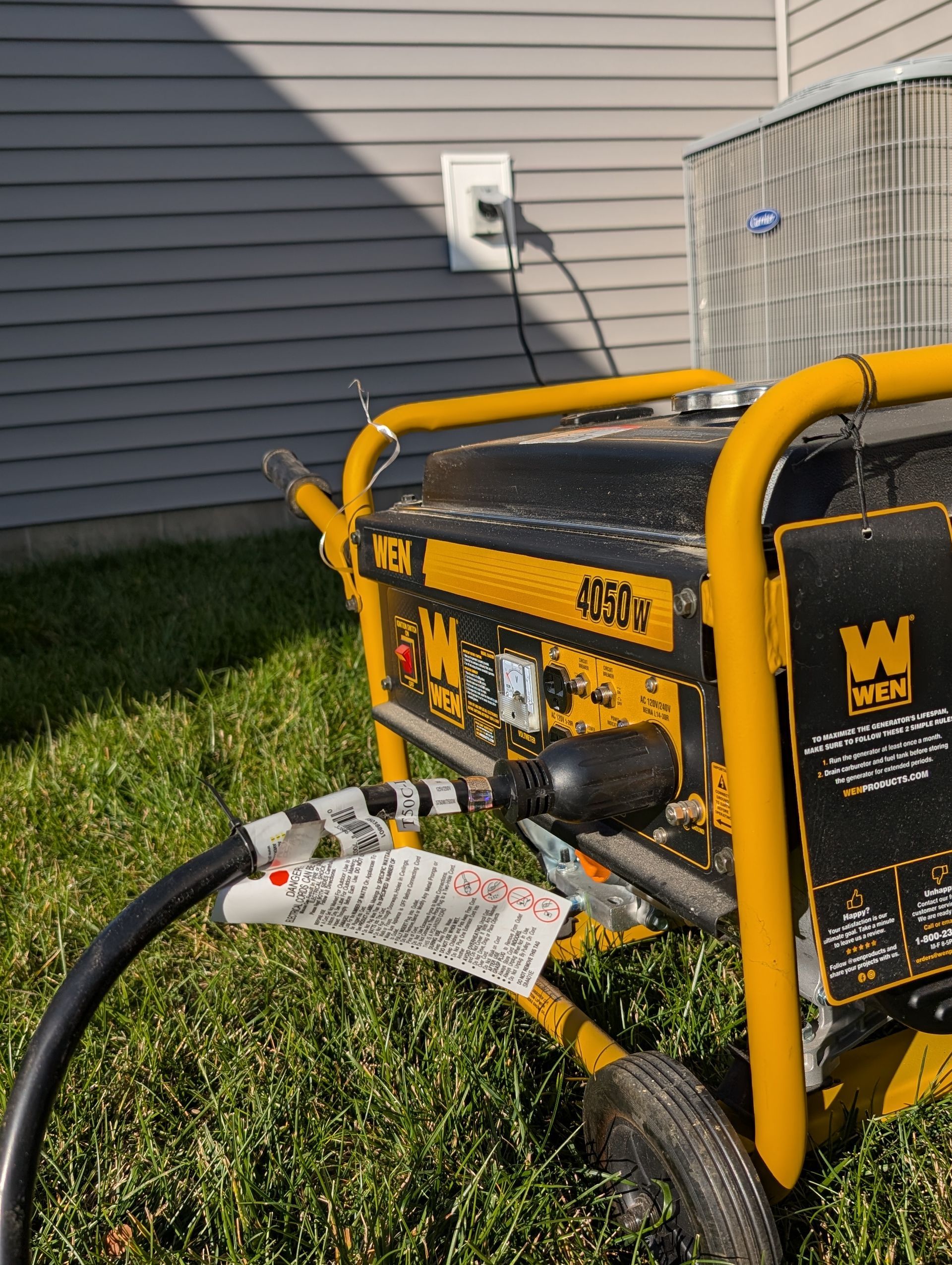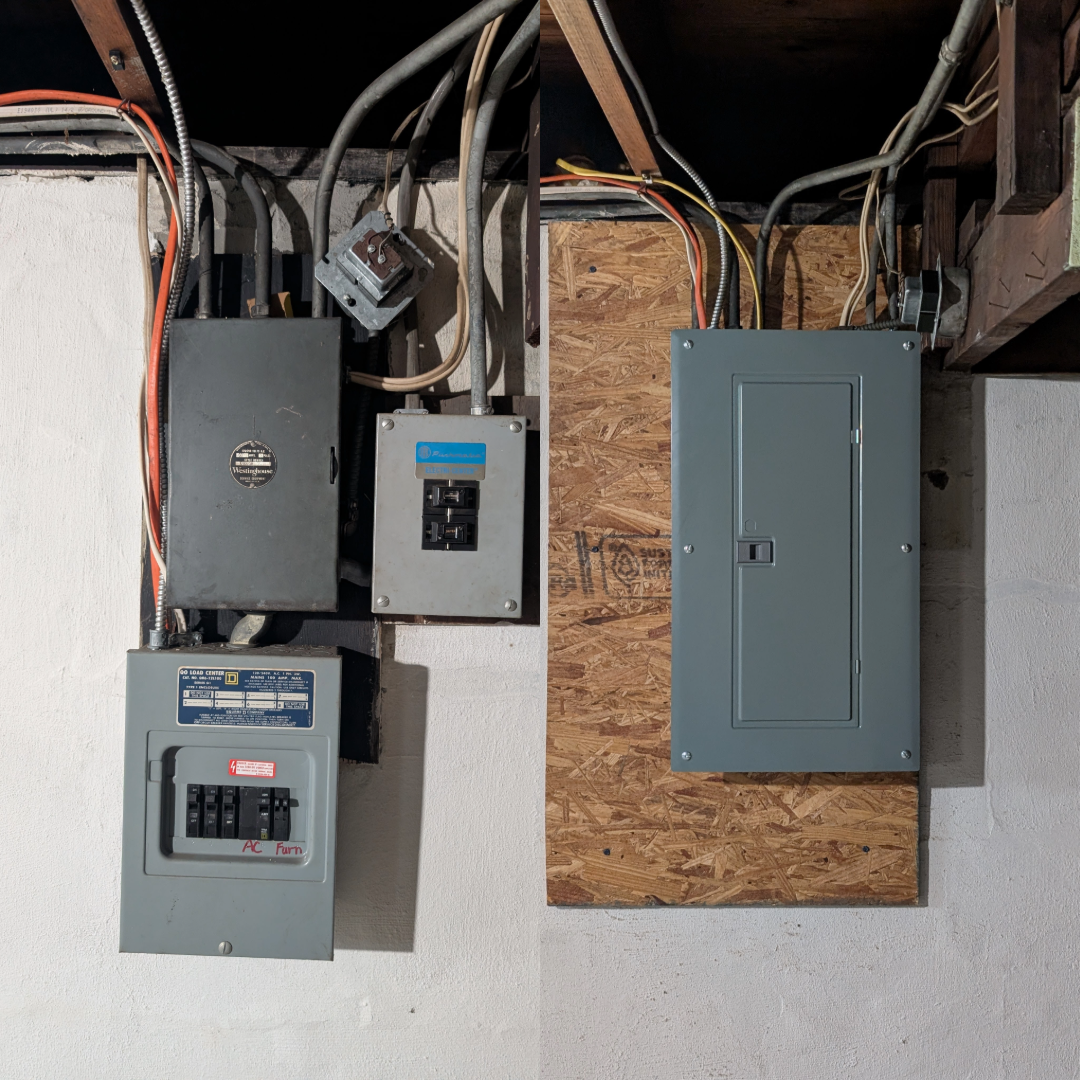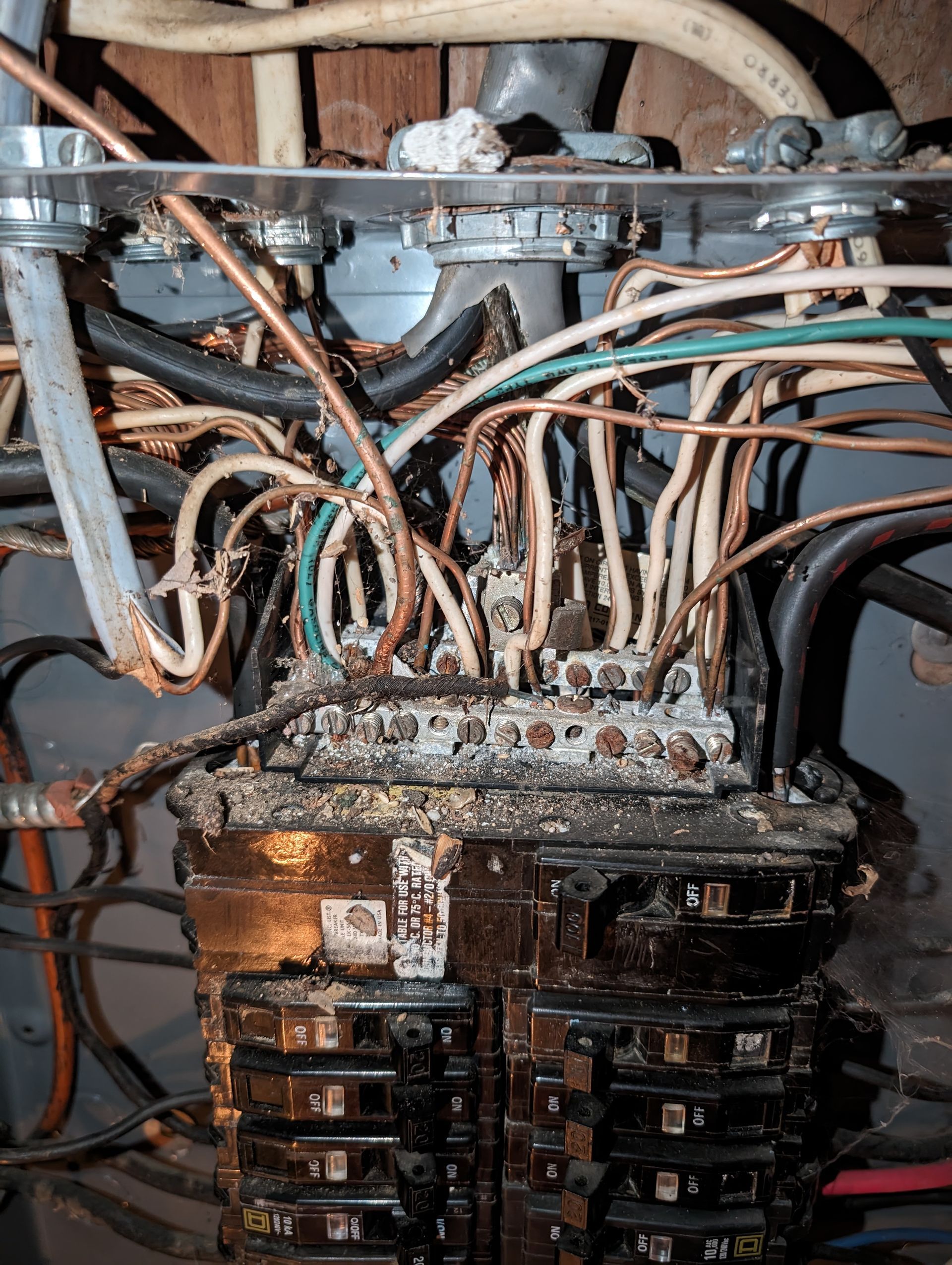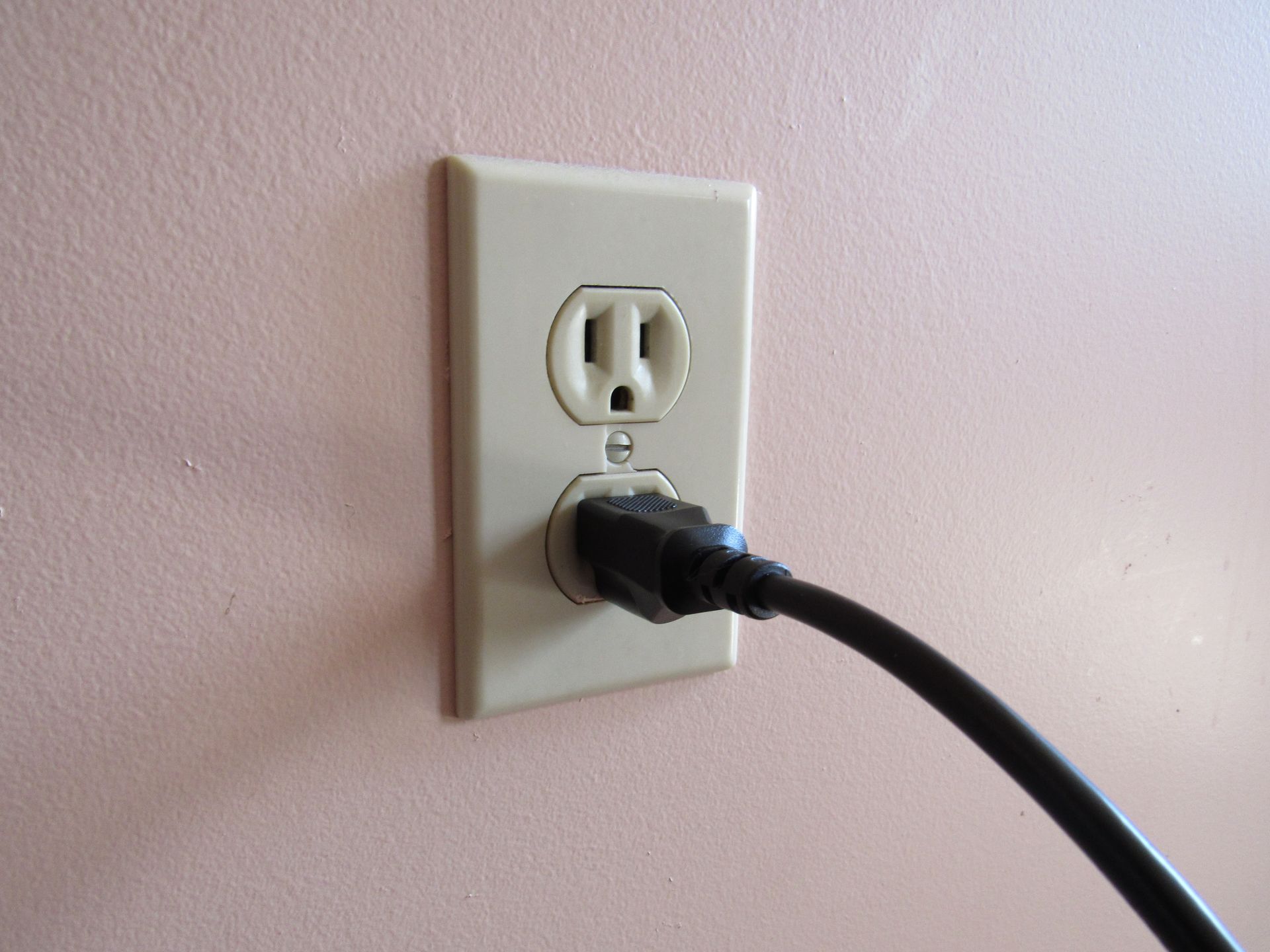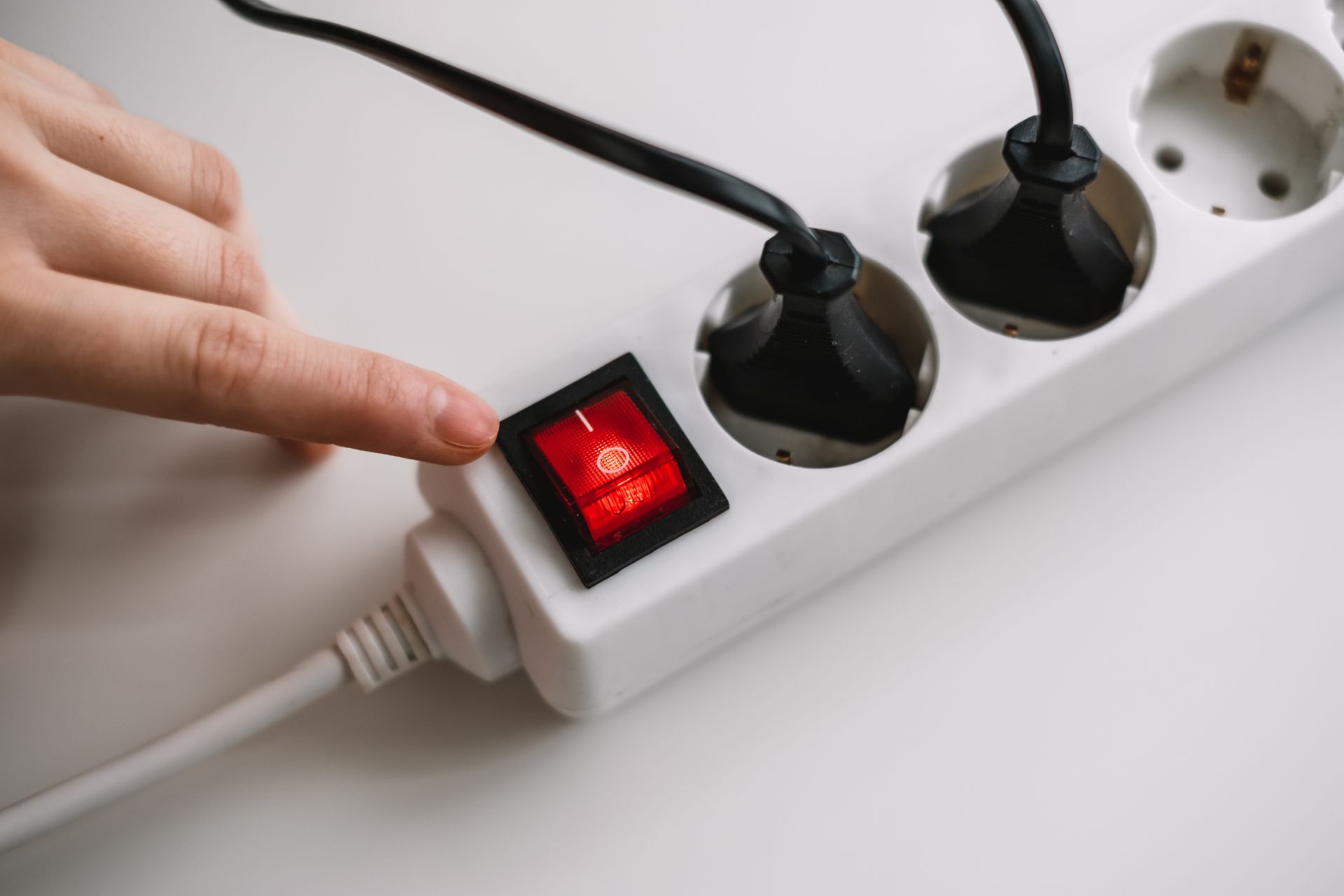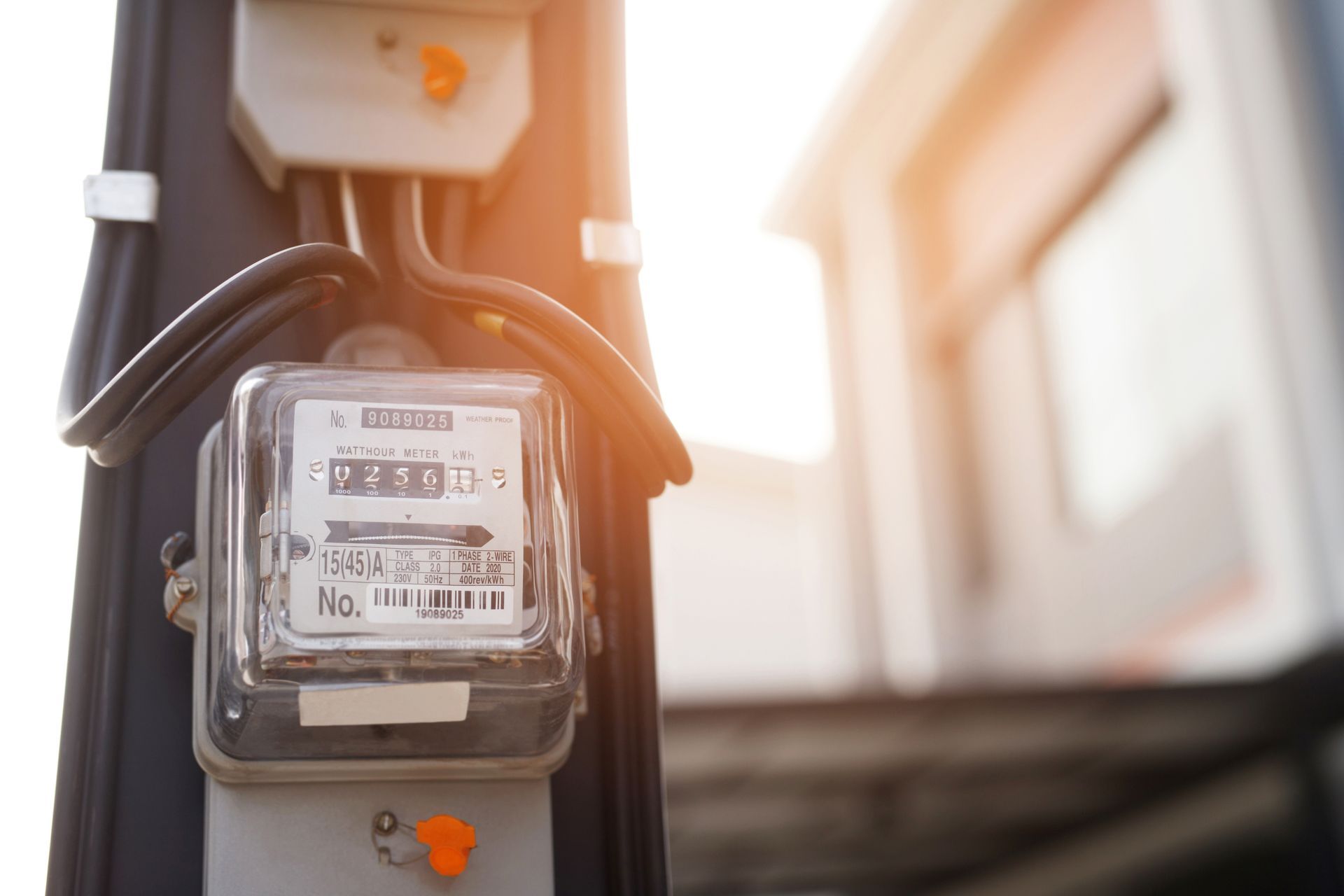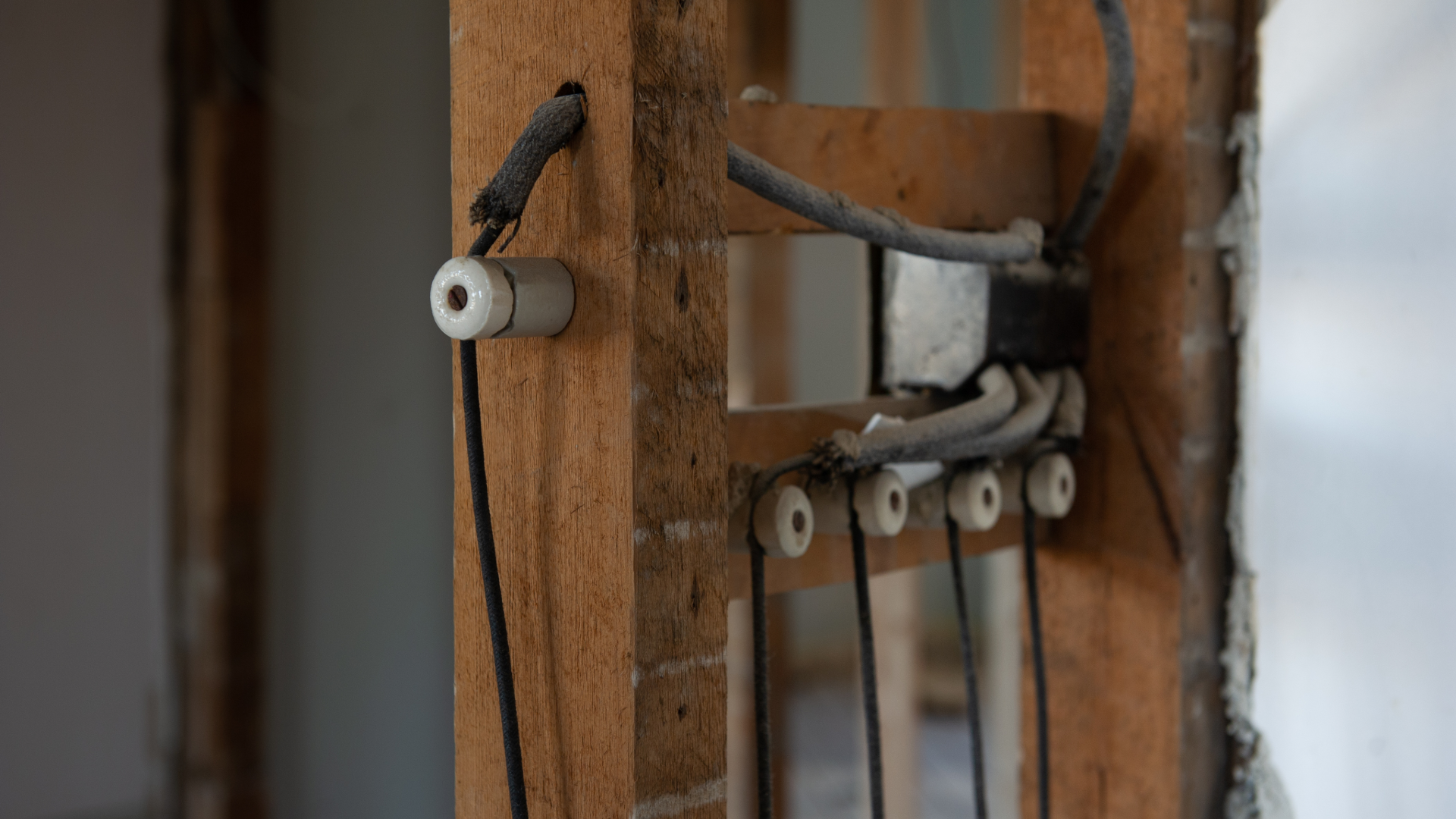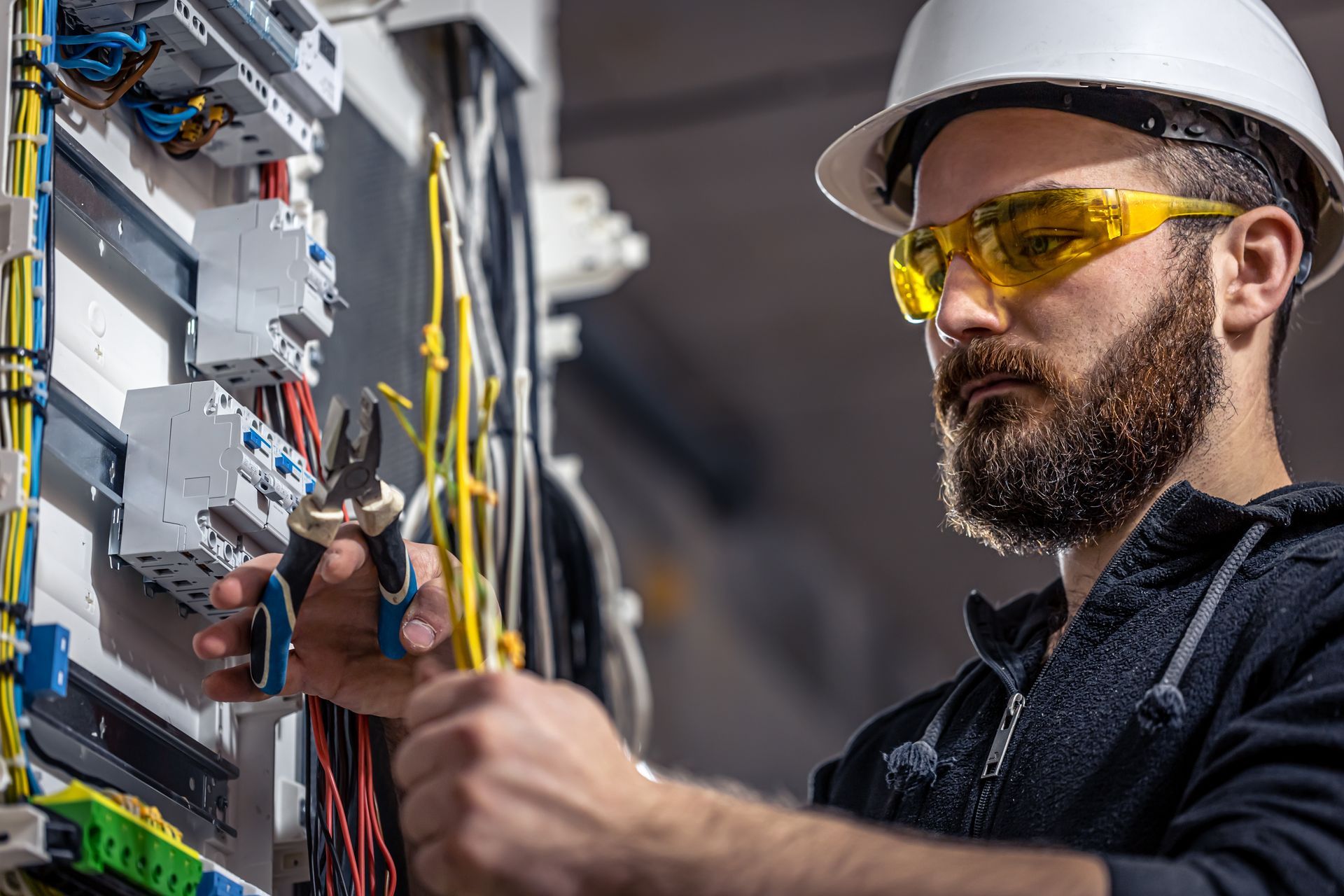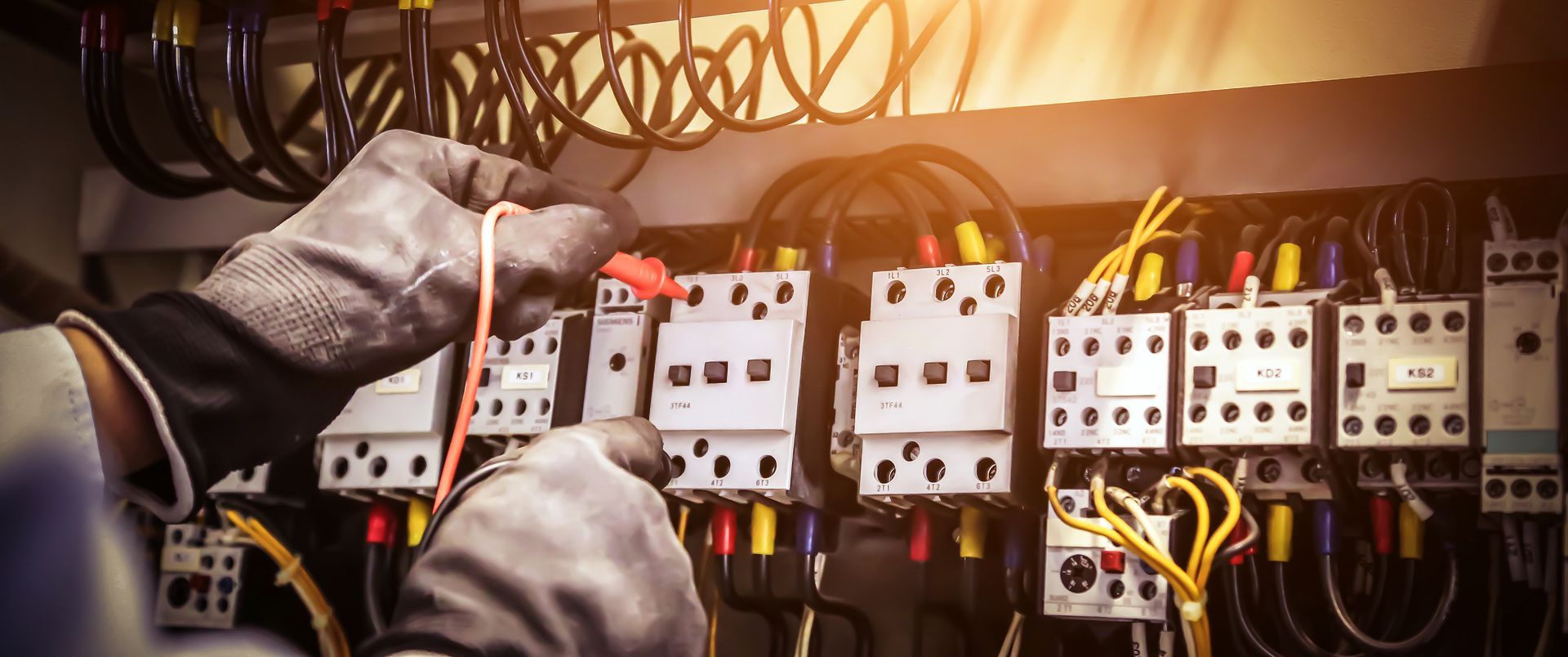Ensuring Home Safety: Understanding Common Electrical Issues Found in Home Inspection Reports
Electrical issues are a major cause of concern for homeowners. According to the National Fire Protection Association (NFPA), electrical failures or malfunctions were the second leading cause of home fires in the United States, accounting for an estimated 46,700 home fires annually. Addressing electrical deficiencies promptly is crucial to prevent potential hazards and ensure a safe living environment. Here are some common electrical items found on home inspection reports, along with explanations and repair details:
Double Tapped Neutrals
What it Means: This occurs when two or more neutral wires are connected to a single terminal in the breaker panel. It can cause electrical arcing and overheating.
Repair Involves: An electrician will separate the neutrals and connect each wire to its own terminal to ensure proper circuit function and safety.
Double Tapped Circuit Breakers
What it Means: Double tapped circuit breakers occur when two or more wires are connected to a single breaker terminal. This can lead to loose connections, overheating, and potential electrical fires.
Repair Involves: Adding an additional circuit breaker if applicable or joining the wires together before the circuit breaker.
Oversized Circuit Breakers
What it Means: A circuit breaker that has a higher amperage rating than the wiring it is protecting can cause the wire to overheat, potentially leading to fires.
Repair Involves: Replacing the oversized breaker with one that matches the wire's capacity to prevent overheating and ensure circuit protection.
Open Splices
What it Means: Electrical connections made outside of a junction box or with exposed wiring can be a potential fire hazard. Electrical boxes with proper covers can contain sparks from improper connections and help to prevent fires.
Repair Involves: Securing the splices within a proper junction box and covering them with a cover plate to protect the connections and maintain electrical safety.
Wiring Not Protected in Conduit
What it Means: Exposed wiring is susceptible to physical damage, which can lead to electrical shorts when damaged.
Repair Involves: Running the wiring through a protective conduit to shield it from damage and ensure safe operation.
No GFCIs
What it Means: Ground Fault Circuit Interrupters (GFCIs) are required in areas with water exposure, such as kitchens, bathrooms, and outdoor spaces, to help prevent electric shock.
Repair Involves: Installing GFCI outlets or circuit breakers in required areas to enhance safety by quickly cutting off power in case of a ground fault.
Smoke Detectors
What it Means: Smoke detectors are crucial for early fire detection and must be properly installed and maintained.
Repair Involves: Ensuring all smoke detectors are functional and properly located.
Knob and Tube Wiring
What it Means: An outdated wiring method that lacks grounding and cannot handle modern electrical loads.
Repair Involves: (For detailed information, see our dedicated article on Knob and Tube Wiring.) Typically, replacing the old wiring with modern, grounded wiring systems.
Receptacles Missing the Ground Wire
What it Means: Three wire receptacles without grounding can increase the risk of electric shock.
Repair Involves: (For detailed information, see our dedicated article on Ungrounded Receptacles.) Generally, replacing affected three prong receptacles with two prong receptacles or installing GFCI outlets to enhance safety.
Bonding Gas Lines
What it Means: Bonding gas lines ensures that any stray electrical current is safely conducted to the ground, reducing the risk of fire or explosion.
Repair Involves: Installing a bonding wire between the gas lines and the electrical grounding system to ensure proper current flow.
Wiring Not Rated for Outdoor Use
What it Means: Indoor wiring used outdoors can deteriorate quickly, posing a risk of electrical shock.
Repair Involves: Replacing the wiring with outdoor-rated cables designed to withstand exposure to the elements.
Grommets Missing in Electrical Panel
What it Means: Grommets protect wires from sharp edges in the electrical panel, preventing insulation damage and potential short circuits.
Repair Involves: Installing grommets to safeguard the wiring and maintain electrical panel integrity.
Reversed Polarity
What it Means: Reversed polarity occurs when the hot and neutral wires are connected to the wrong terminals of an outlet. This misfiring can lead to electrical shocks and damage to electronic devices, as it disrupts the normal flow of electricity.
Repair Involves: Repair involves moving the wiring to the correct terminals.
Unsafe Electrical Panels
(Federal Pacific, Pushmatic, Fuse Panels, Zinsco)
What it Means: Certain older electrical panels are known to be unsafe due to design flaws that can lead to circuit breaker failure and fire hazards.
Repair Involves: Replacing these panels with modern, safe, and reliable electrical panels to ensure the safety of the home's electrical system.
Addressing these common electrical issues is vital for ensuring the safety and reliability of a home's electrical system. If you have any specific questions or need professional assistance, Bright Electric is here to help with all your electrical needs. Our experienced and licensed electricians are well-versed in handling these issues and more, providing you with peace of mind and a safer home.
For more detailed information on specific topics like Knob and Tube Wiring and Ungrounded Receptacles, please visit our other articles.
If you’re a homeowner who has encountered these common issues, explore our full range of residential services to ensure safe and professional solutions for every electrical need.
